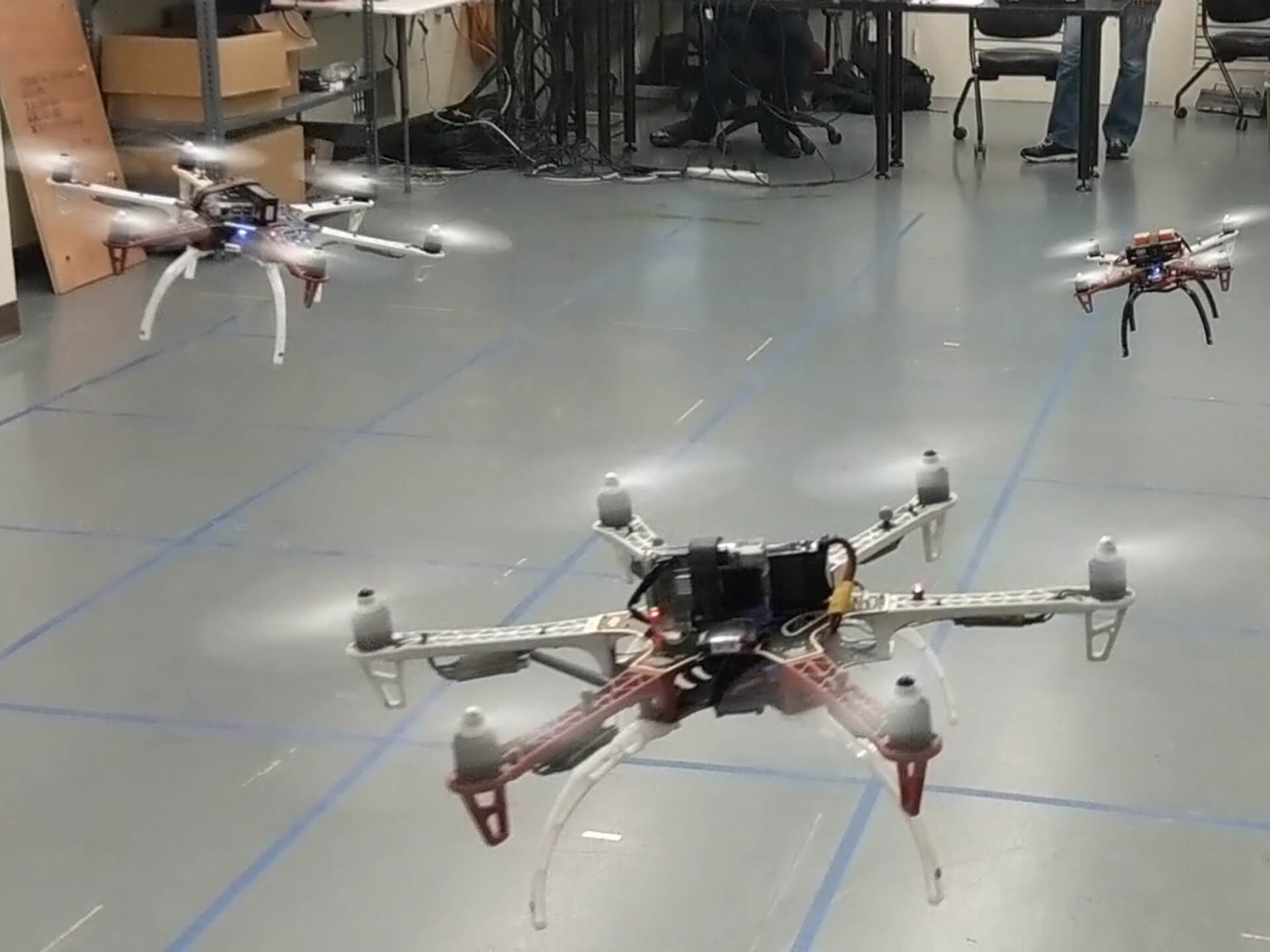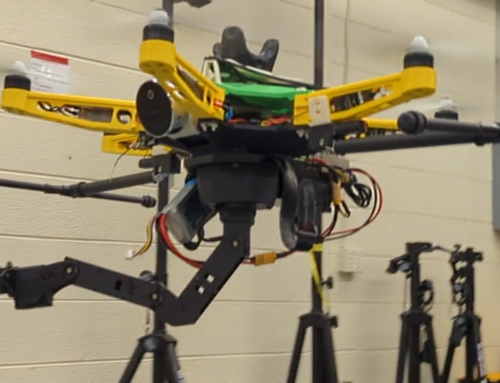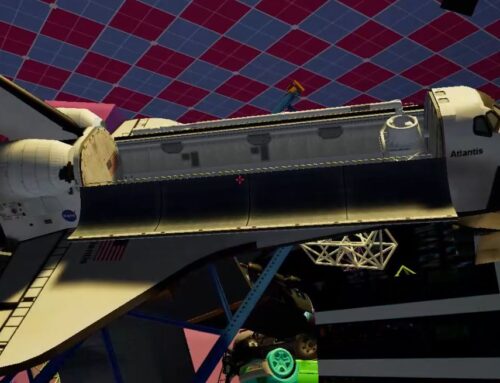Target Locating in Unknown Environments Using Distributed Autonomous Coordination of Aerial Vehicles
Abstract
Abstract: The use of autonomous aerial vehicles (UAVs) to explore unknown environments is a growing field of research; of particular interest is locating a target that emits a signal within an unknown environment. Several physical processes produce scalar signals that attenuate with distance from their source, such as chemical, biological, electromagnetic, thermal, and radar signals. The natural decay of the signal with increasing distance enables a gradient ascent method to be used to navigate toward the target. The UAVs navigate around obstacles whose positions are initially unknown; a hybrid controller comprised of overlapping control modes enables robust obstacle avoidance in the presence of exogenous inputs by precluding topological obstructions. Limitations of a distributed gradient augmentation approach to obstacle avoidance are discussed, and an alternative algorithm is presented which retains the robustness of the hybrid control while leveraging local obstacle position information to improve non-collision reliability.
A heterogeneous swarm of multirotors demonstrates the target locating problem, sharing information over a multicast wireless private network in a fully distributed manner to form an estimate of the signal’s gradient, informing the direction of travel toward the target. The UAVs navigate around obstacles, showcasing both algorithms developed for obstacle avoidance. Each UAV performs its own target seeking and obstacle avoidance calculations in a distributed architecture, receiving position data from an OptiTrack motion capture system, illustrating the applicability of the control law to real world challenges (e.g., unsynchronized clocks among different UAVs, limited computational power, and communication latency). Experimental and theoretical results are compared.
Findings
This work introduced dynamic obstacle detection to the non-collision scheme discussed in literature through the use of radially bounded modes. When an obstacle is outside the sensor range of the agent, a collision is not imminent, and therefore active avoidance is unnecessary; this motivates the use of a base mode that turns obstacle avoidance off by default and transitions to active mode when an obstacle has been detected. This approach allows for dynamic obstacle detection since the controller can add obstacle avoidance terms in real-time as new obstacles are detected.
In order to demonstrate that the algorithms operated effectively on realistic hardware, the algorithms were written in Python and implemented on the VT SpaceDrones setup. The first step for implementation on physical drones was to enable formation flight for multiple drones. A time-varying formation where the drones maintained equidistance on a rotating circle about a common goal point was demonstrated using 3 drones, showcasing the scalability of the implementation. In this formation control work, the ? and ? positions of the drones were controlled in a distributed manner; the ? position was not included in the formation since altitude deconfliction was used as a safety precaution. The formations themselves were designed for ? drones, but the flying area in the lab space and the available hardware limited testing to a maximum of 3 drones.
Increased number of drones creates potential for more accidents, so safety features were developed accordingly. Basic versions of boundary and collision avoidance were implemented, in which the velocity of the drone is reduced as it approaches an obstacle until it stops at a safe distance; however, actuator delays caused this approach to collision avoidance to be less reliable, motivating the need for further work in this area. A second algorithm was developed to actively repel agents from potential collisions, which was found to be more robust to latency issues. These safety features will continue to be of use for future projects beyond the scope of this work






